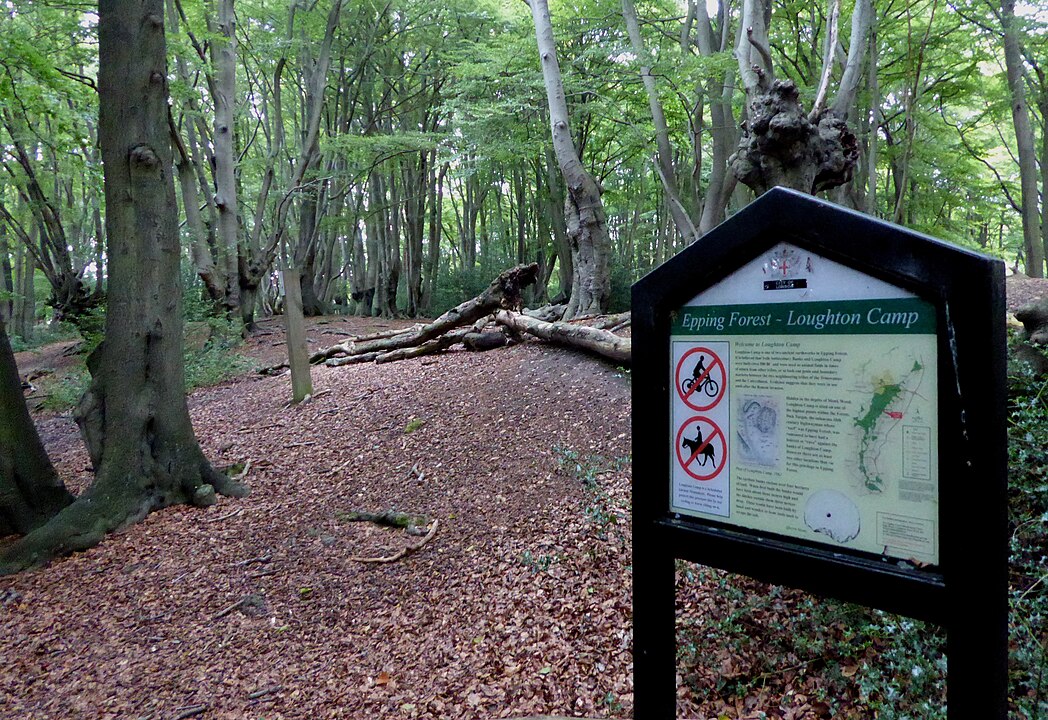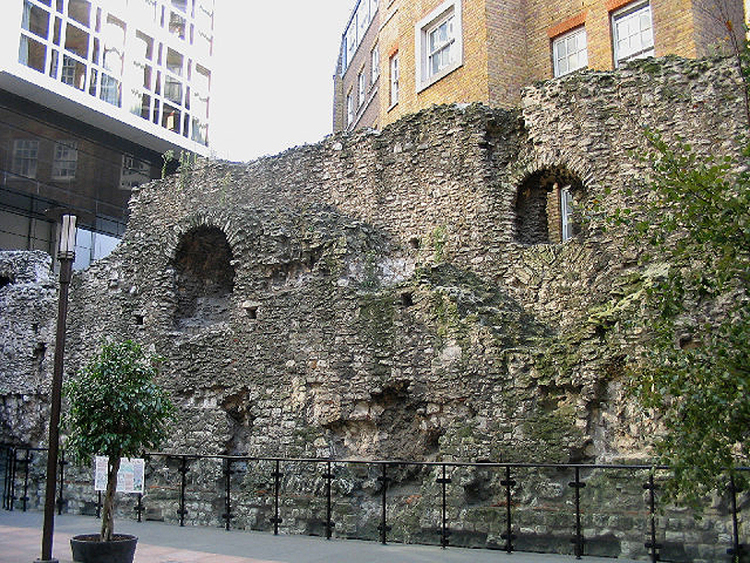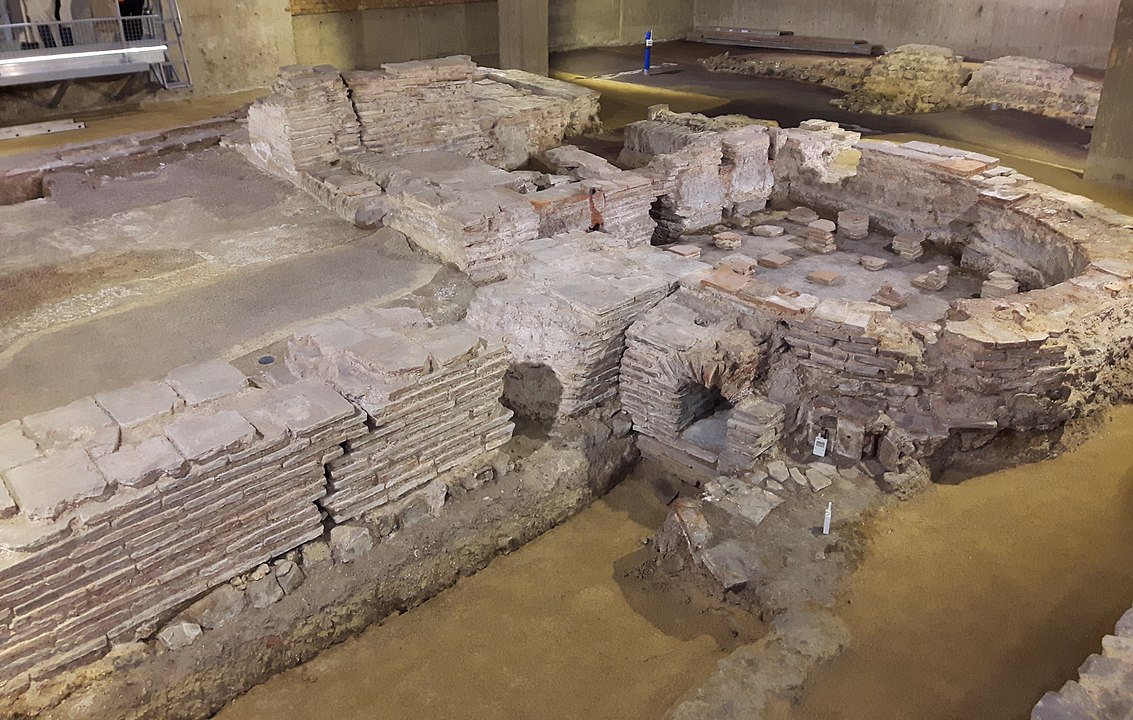The Neolithic Forest At Purfleet
Beneath the waves of the Thames Estuary, just off the shore of Purfleet, Essex, lie the remnants of an ancient woodland, a submerged forest that dates back millennia. The trees and flora, preserved in waterlogged layers of peat, tell a story of the Earth’s shifting climate and how humanity and nature must adapt when the environment changes drastically. This interplay between past and present in Purfleet’s drowned forest may offer insights into today’s climate concerns, as rising sea levels once again threaten coastal habitats and resources.
From Ice to Forest: How the Thames Valley Transformed
Around 10,000 years ago, as the last Ice Age began to retreat, vast glaciers covering Northern Europe and Britain slowly melted, dramatically altering the landscape. As glaciers receded, they left behind glacial deposits, rich soils, and new habitats, leading to the flourishing of woodlands. Once a broad, ice-bound plain, the Thames Valley transformed into a vibrant river valley where forests took root in the rich alluvial soil.
Approximately 6,000 years ago, a climate shift led to more temperate conditions. This shift allowed the Purfleet forest to emerge, with trees like elm, ash, alder, and hazel taking root. The diversity of trees indicates that Purfleet once boasted a healthy, dense forest that likely extended for miles. Researchers estimate that these forests peaked around 4000 BCE, with species thriving along the banks of a then-narrower Thames River.
As the landscape warmed, plants and animals adapted to the valley’s new ecology, with flora like alder thriving in wetter soils and ash occupying higher, drier ground. These environmental zones supported different species, creating a mosaic of biodiversity. For humans, who had entered the Neolithic era by this time, this fertile area would have been a treasure trove for hunting, gathering, and, eventually, early agriculture.
Rising Seas and the Slow Drowning of the Forest
The same warming trend that encouraged this forest’s growth eventually led to its downfall. As the glaciers melted, the massive influx of water caused global sea levels to rise steadily. These processes shaped the Thames estuary itself, with the river expanding as it absorbed these higher sea levels. What was once a valley forest along the banks of the Thames began to see the first signs of submersion.
By 4000 BCE, sea levels had risen enough to encroach on Purfleet’s woodlands. Every tidal surge brought in more water, gradually transforming the forest floor into an intertidal zone. Over time, the dense forest gave way to wetlands, with the sea advancing inland and claiming more land each year. The once-sturdy trees succumbed, unable to adapt quickly enough to the changing water levels. Eventually, this encroaching sea buried the forest under silt, peat, and clay, preserving much of its remnants in anaerobic conditions.
These preserved trees, their stumps still visible at low tide, remind us of the impact that even slight fluctuations in sea level can have on the environment. For scientists, they also represent a near-perfect time capsule of Earth’s climatic past.
The Fate of Nearby Forests: Rainham and Erith
The Purfleet forest wasn’t alone in its fate. Similar forests once thrived along the banks of the Thames at Rainham and Erith, where riverine woods also saw their slow drowning due to sea level rise. These areas, too, were transformed from thriving forests into intertidal zones. At Rainham, preserved remnants of ancient trees share the same history as those at Purfleet, showing a broad mix of oak, yew, and alder species. This similarity between submerged forests across the Thames region suggests a widespread impact of climate changes around the same time.
Such remnants along the Thames provide a regional snapshot of the past and a sense of the once-interconnected woodlands that lined its banks. Each area offers unique insights into how forests respond to the dynamic balance between land and sea. While Erith and Rainham are more frequently studied, Purfleet stands out due to its distinct species composition and how its remnants have been preserved through natural and human-caused sedimentation.
Human Connection to the Thames and the Impact of Rising Waters
For the ancient peoples who settled along the Thames, the forest was more than just a part of the landscape; it was an essential resource. Neolithic communities likely relied on the Thames’s riverine forests for wood, food, and materials. Discoveries of flint tools, stone axes, and pottery fragments suggest that people hunted, gathered, and possibly even lived in or near these forests. This woodland was a physical space and an ecosystem supporting early human culture.
Human groups faced significant environmental challenges as the climate warmed and sea levels rose. These communities likely adapted by relocating or adjusting their living habits to cope with the advancing waters. The loss of forested land due to encroaching tides would have forced these communities to find new ways to obtain resources or travel further inland to find suitable habitats. In this way, the Thames Valley provides an early example of human resilience and adaptability to changing climates.
Over time, as forests like Purfleet’s disappeared beneath the water, early human settlements would have experienced increased pressure on resources. This shift possibly influenced migratory patterns, prompting some groups to move further inland to drier, more secure regions. This environmental push helped shape the distribution of human populations across the region and even influenced cultural evolution as communities responded to ecological pressures.
Lessons for Today: The Past as a Mirror of the Present
The fate of the Purfleet forest offers valuable lessons for the present as modern societies grapple with rising sea levels and climate change. Much like the ancient woodland, today’s coastal regions face similar threats from the encroaching sea. Modern geological studies of submerged forests like Purfleet’s enable scientists to reconstruct past climate conditions and provide essential data on historical sea-level changes. By understanding these ancient shifts, we know how rising tides may reshape modern landscapes, affecting biodiversity and human societies.
With climate models projecting significant sea level increases over the next century, the lessons from Purfleet resonate more than ever. Current coastal erosion patterns show that cities, farmlands, and natural habitats worldwide risk being submerged if global warming trends continue. The example of Purfleet’s slow transformation reminds us that the Earth’s systems are interconnected, and even seemingly minor changes can lead to significant, often irreversible, environmental shifts.
The submerged forest also provides an educational platform for local communities, directly linking to geological and environmental science. Efforts by conservation groups and local councils to preserve and study Purfleet’s forest remains underscore the importance of this ancient site, not just as a relic of the past but as a touchpoint for today’s environmental discussions.
Rediscovering and Preserving Ancient Forests
Interest in sites like Purfleet has grown as scientists and historians continue to uncover the depth of these submerged landscapes. Local organisations have highlighted the importance of these ancient ecosystems, helping to raise awareness about the Thames Estuary’s unique ecological history. Modern preservation efforts seek to protect these sites, not only to understand past climates but also to inspire sustainable practices today. The submerged Purfleet forest is both a scientific resource and a reminder of nature’s power and fragility in the face of climate change.
Through understanding the submerged forest at Purfleet, we glimpse a time when vast woodlands thrived along the Thames—a landscape now changed but not entirely lost. This ancient woodland, preserved beneath the mud, is a powerful reminder of the Earth’s constant change and the delicate balance between land and sea. Today, as coastal regions around the world confront similar threats, the story of Purfleet’s lost forest reminds us that even the most resilient ecosystems are not immune to the impacts of climate change. Our ability to learn from these past changes may very well shape the future of how we, too, adapt to our planet’s shifting landscape.






